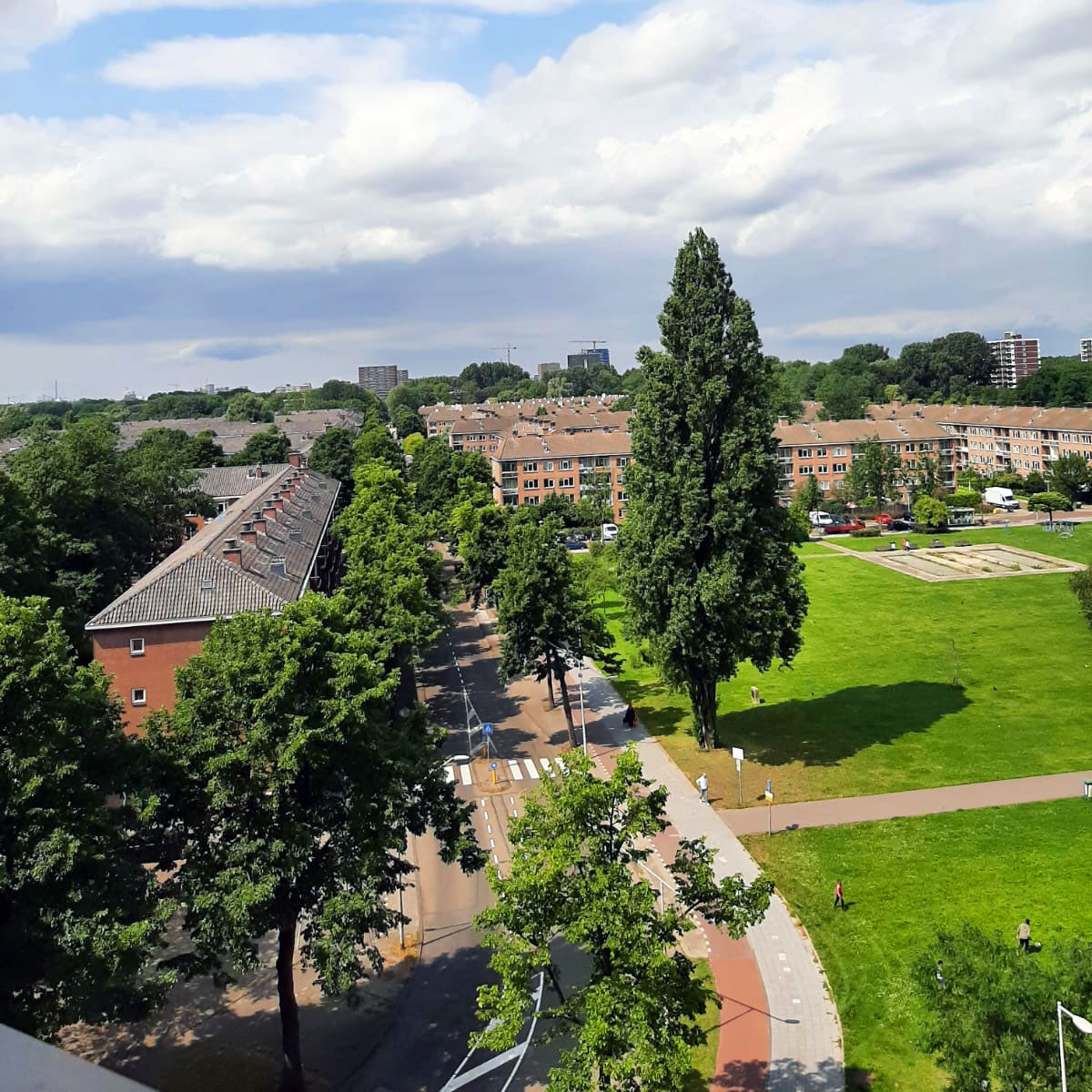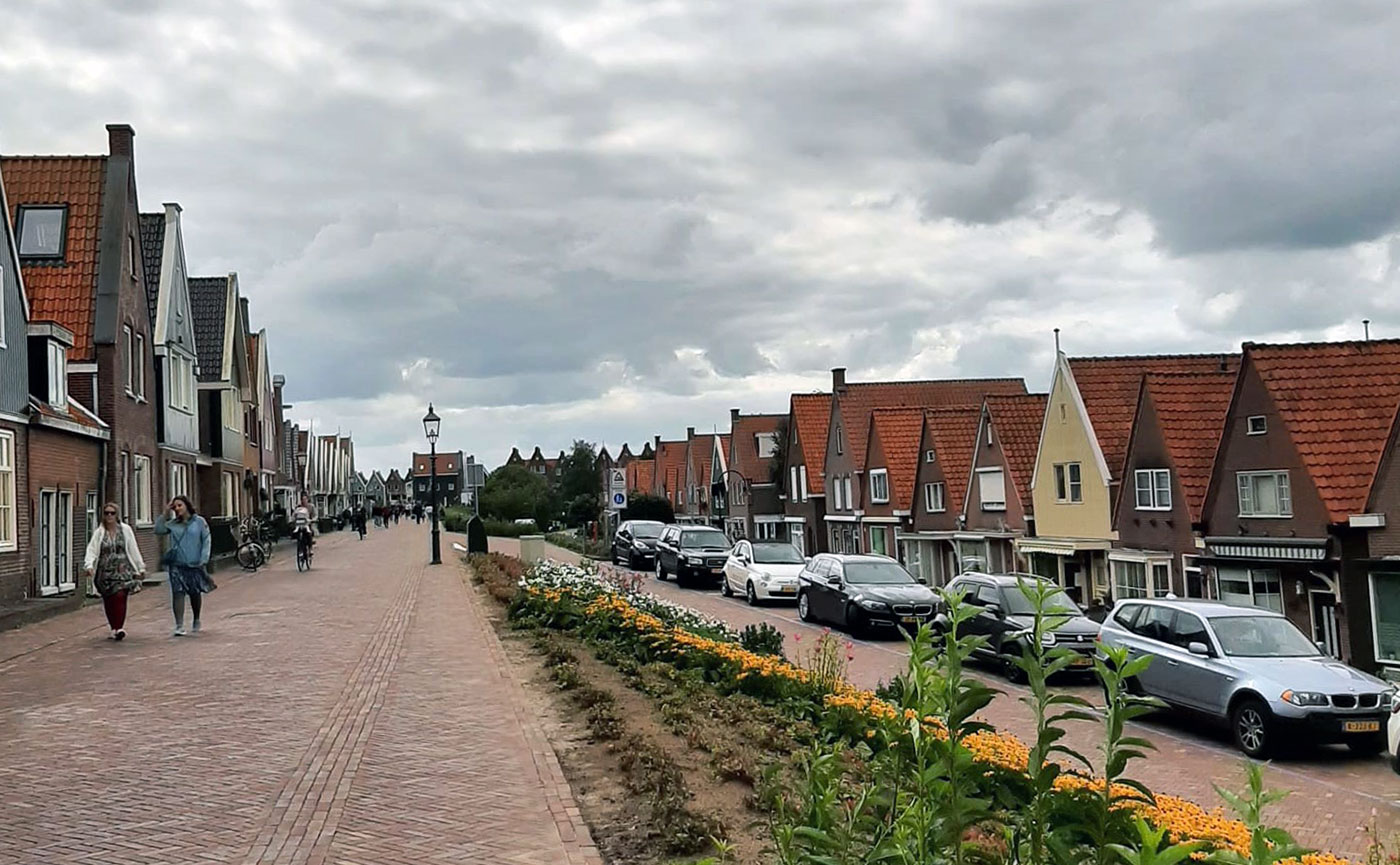Housing Areas and Policies of the Netherlands
If we look at the historical development of the Netherlands in terms of housing policies, it is revealed housing policies in the 1900s, firstly. In fact, social housing policies dating back to the end of the 1800s. In 1901, the Housing Act came into force. This law emerged after the Second World War to fill the great housing shortage in the Netherlands and to provide basic living conditions to people by improving poor living conditions. The central government has set 3 main targets with this law: these are social housing associations and financing for its construction, allowances to maintain the rent level, and building laws to protect the quality of housing. Social housing construction continued to be encouraged until the 1950s. Due to the economic crisis in the 70s, it became very difficult to buy a house. For this reason, many houses were converted into rental houses. Homeownership has also continued to decline over the years. In this process, the only aim of the government was to reduce the number of homeless. When the housing sector started to recover slowly in the 1980s, the aim was not only to save people from homelessness but also to improve the quality of housing. Until the 90s, the lack of housing was eliminated numerically. With the entry into force of the Housing in Nineties Law in the 90s, a low-income rental system was created. A more suitable system has been tried to be established in the market and among the homeowners. On the other hand, the central government reduced its responsibility and control over housing up to that time by distributing it to housing associations and municipalities. With the new policies developed for housing problems, local governments have come to the fore instead of the central government. Improvements in housing policy continued with the policy of joint projects by the local government and the private sector. Here, the main task of the central government was the creation of spatial plans and the determination of suitable areas. In the 2000s, goals such as increasing people’s freedom of choice, protecting social rights and providing a controlled market emerged in housing policy. Giving people a right to speak in housing policy, creating new opportunities for those in distress, maintaining housing, improving housing quality, ensuring structural sustainability and meeting the demand for housing in green areas have been the important targets set by the Netherlands.
Today, the main lines of housing policy have also changed, with the Netherlands reaching a certain level of welfare. Since there is no big problem in reaching the house, people are responsible for themselves in finding housing.
There are 3 factors in the housing system in the Netherlands. They are municipalities (local governments), housing associations-private sector (housing associations) and households. The central government is tasked with creating favourable conditions for the actors involved in housing policy. With the enactment of the housing law in the 90s, local governments – municipalities – had a right to speak. Today, municipalities are entrusted with maintaining the supply-demand balance in housing needs in the urban areas they are responsible for. The other owner is the private sector – housing associations. Housing associations receive the capital required for the state’s construction, maintenance, and repair of houses. They use the profits they earn in housing investment in terms of the economy. Households are the landlords or tenants of the houses. These two sections are supported by the state in different ways. However, the Netherlands has traditionally been a tenant society. Rent controls determined by the central government after the Second World War continue, and tenants are supported by housing assistance. Rents can generally be increased once a year according to the determined laws and at the rate determined by the state.
For homeowners, there is a highly diversified housing finance system. There is a mortgage loan system. It can reach the highest rate compared to other countries with a rate called “loan to value”, which is used when buying a house in the Netherlands. When buying a house, 80% can be taken as a loan, and 20% should be covered by the person who wants to own a house. Here, the rate of 80/20 is called long to value. If you have a regular job in the Netherlands, there is no problem owning a house with a mortgage loan. Contracts are usually for 30 years, the interest is paid in full, but if the house’s debt cannot be paid, a new agreement is made. These agreements are between the bank-household, and the owner-household interest rates can also be fixed for a certain period of time in contracts. When buying a house, the household may also be asked to talk to the house owner briefly to talk about himself/herself.

Figure 1: Amsterdam Noord / Example of Housing Area – Saadet Gökmen Archive
The planning system in the Netherlands is process-oriented, where everything is step-by-step. Public participation is a very positive issue regarding livability, but it can also prevent some things. For example, there is a housing shortage in the Netherlands, prices are increasing, and the state needs to produce social housing. At the moment, the biggest problem in the Netherlands, apart from environmental problems, is the housing problem that middle-income people are exposed to. Under normal circumstances, it is necessary to produce social housing at less cost. In the logic of social housing and social state, accommodation, security, and health services are provided. In the Netherlands, social housing is usually rented. The reason for not producing social housing can be explained as follows. E.g., there is a project of 100 houses, but the municipality wants 30% of the house here to be social housing. No matter how luxurious the social housing is, its rent can usually be up to 900 euros at a price determined by the municipality. 30% should be mid-level, and this price can be up to 1100 euros. The price of the remaining 40% is left to the project owner. The project owner states that the project’s profitability is very low since 60% is rented at a lower price, and she does not want to deal with it as she will make less profit as a result of all this effort. Thus, it is not produced in social housing. Social housing should be built by the state, but it is not preferred because it leads to ghettoisation. After all, when an area is completely social housing, it turns into a minority segment and leads to negative social consequences.
References
https://v3.arkitera.com/g159-konut-politikalari.html?year=&aID=2821&o=2820
SARIOĞLU, G. P. (2007). Hollanda’da Konut Politikaları ve İpotekli Kredi Sistemi.
Reportage with Ömer Çufadar on Dutch Urban Planning, Housing Areas and Policies
